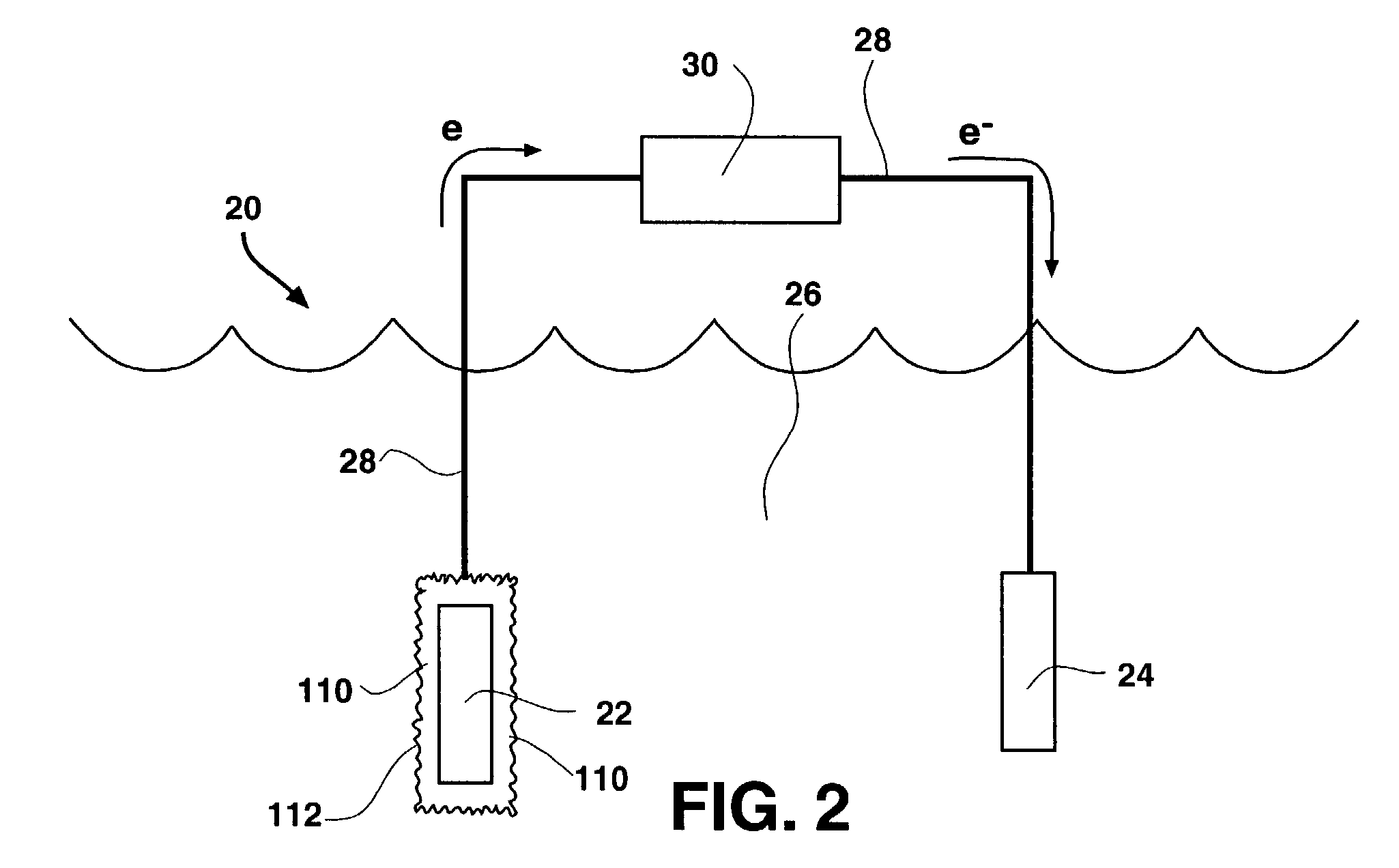Cured composite materials for reactive metal battery electrolytes
a reactive metal battery and composite material technology, applied in the direction of non-aqueous electrolyte cells, non-metal conductors, cell components, etc., can solve the problems of lack of oxidative stability, low conductivity, and the current commercial additive suffer, and achieve superior molecular composite properties, high conductivity, and superior physical properties
- Summary
- Abstract
- Description
- Claims
- Application Information
AI Technical Summary
Benefits of technology
Problems solved by technology
Method used
Image
Examples
example i
[0047]By way of example, one of many embodiments of the invention is described by the following steps. This example illustrates a method for preparing a composite material according to the invention for application to Lithium / water batteries. An appropriate polymer such as poly[bis(phenoxytriethyleneoxy)phosphazene)] is dissolved in a polar solvent, such as tetrahydrofuran (THF), to form a 5–8 wt-% solution of polymer in the solvent. To this solution is added an amount of TEOS equal to the polymer component. A catalytic amount of ammonia is then added to the polymer solution. The polymer solution and ceramic precursor are mixed together, and a lithium salt (such as lithium tetrafluoroborate) is added, for example, at about 6–8 wt-%, and the vessel is tightly sealed, so that no fluid can escape. The mixture is then immediately treated with ultrasonic waves for about thirty minutes. During this time, the condensation of the ceramic proceeds. The composite condensation mixture is then ...
PUM
| Property | Measurement | Unit |
|---|---|---|
| Temperature | aaaaa | aaaaa |
| Fraction | aaaaa | aaaaa |
| Fraction | aaaaa | aaaaa |
Abstract
Description
Claims
Application Information
 Login to view more
Login to view more - R&D Engineer
- R&D Manager
- IP Professional
- Industry Leading Data Capabilities
- Powerful AI technology
- Patent DNA Extraction
Browse by: Latest US Patents, China's latest patents, Technical Efficacy Thesaurus, Application Domain, Technology Topic.
© 2024 PatSnap. All rights reserved.Legal|Privacy policy|Modern Slavery Act Transparency Statement|Sitemap



